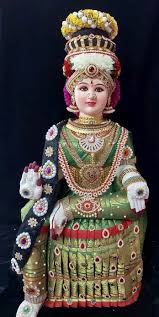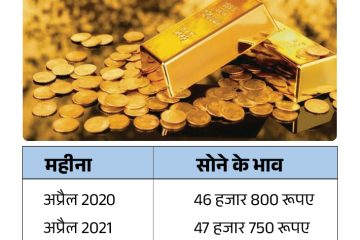Significance and Celebrations of Varalakshmi Vratam

Introduction to Varalakshmi Vratam
Varalakshmi Vratam is a significant Hindu festival celebrated predominantly in South India, dedicated to Goddess Lakshmi, the embodiment of wealth and prosperity. This auspicious event is observed on the Friday before the full moon in the month of Shravana, which usually falls in August. It holds immense importance for married women who seek the well-being of their families, prosperity, and good fortune.
Historical Context and Significance
The origins of Varalakshmi Vratam can be traced back to ancient scriptures, particularly the Padma Purana, wherein the story of the goddess Varalakshmi is narrated. Performing this vrat—or vow—signifies the worship of the goddess to secure happiness and economic stability for the family. It is believed that the fulfillment of one’s wishes and desires arrives if the rituals are performed with devotion and purity.
Rituals and Celebrations
The festival is marked by elaborate rituals that begin with the preparation of a decorated altar at home, adorned with the image of the goddess, flowers, fruits, and traditional sweets. Women dress in their finest sarees, jewelry, and perform the puja (prayer) in a congregation, often inviting friends and relatives to join in the festivities.
On the day of the festival, devotees start their day with an early morning bath, followed by the creation of a separate mantap (a decorated area) for the goddess. A special kalash (pot) filled with water, adorned with mango leaves, is placed on the altar, symbolizing abundance. Offerings of various delicacies, including dishes like coconut rice, sweet pongal, and payasam, are made as part of the rituals.
Community and Family Bonding
Varalakshmi Vratam not only emphasizes spirituality but also strengthens community ties as families come together to celebrate. It is a time for women to share their experiences and teachings, promote camaraderie, and enhance cultural continuity through storytelling and traditional practices.
Conclusion: Looking Forward
As individuals observe Varalakshmi Vratam this year, the significance of financial stability and emotional well-being is more pivotal given the current economic challenges faced by many. This festival serves as a reminder of resilience and the importance of devotion in overcoming life’s difficulties. As communities engage in these practices, they ensure the transmission of culture and beliefs to future generations, fostering a sense of shared identity and purpose.









